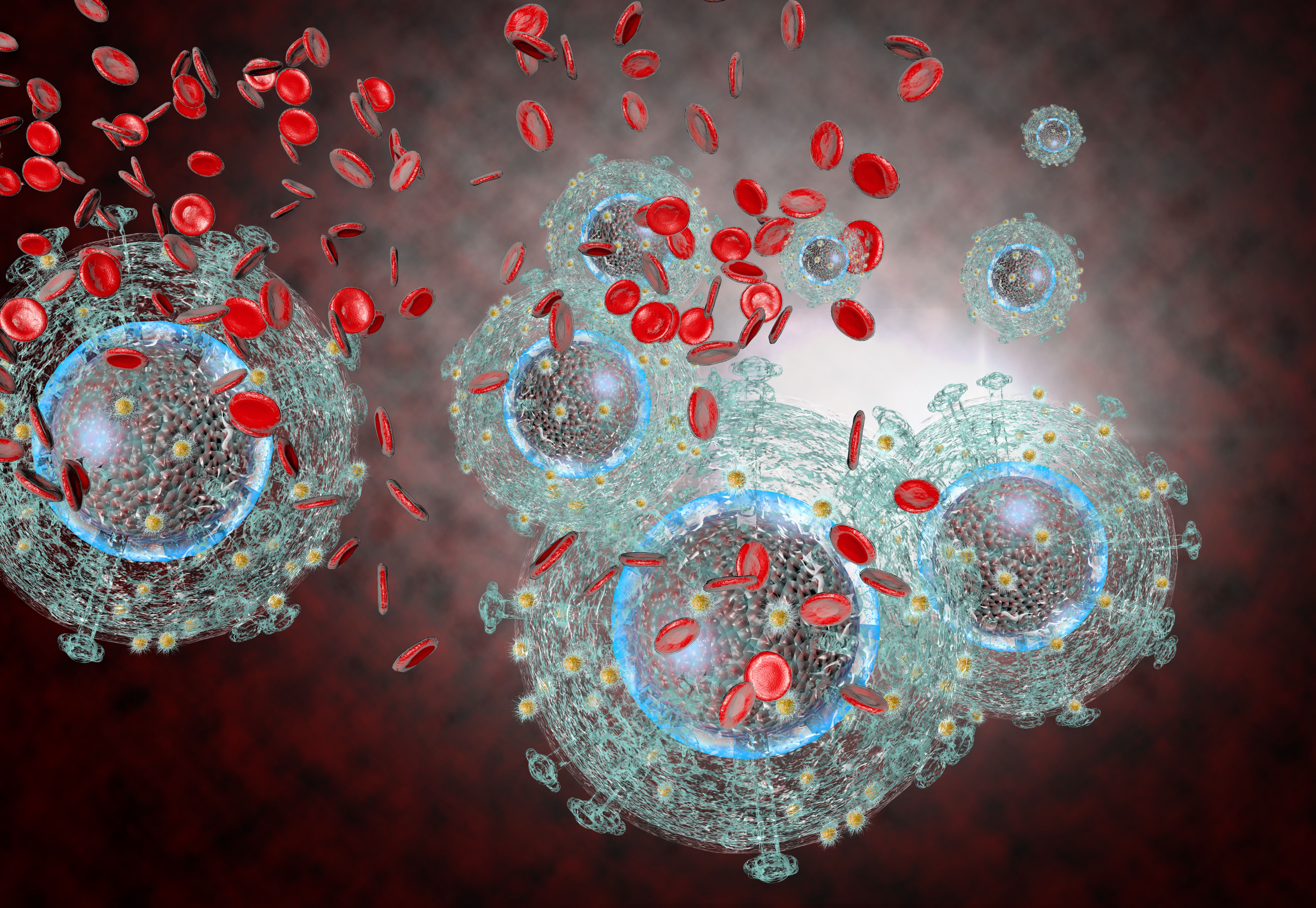- Center on Health Equity & Access
- Clinical
- Health Care Cost
- Health Care Delivery
- Insurance
- Policy
- Technology
- Value-Based Care
Stigma Could Affect Mothers Disclosing HIV Status to Children
Mothers in the United States were surveyed about the time of disclosure of their HIV status to their children, with internalized stigma of HIV a significantly associated factor.
HIV stigma was found to be associated with lower odds of mothers in the United States disclosing their HIV status to their children, according to a study published in Journal of the International AIDS Society.
Stigma toward HIV is defined in this study as negative, judgmental, or discriminatory attitudes toward people living with HIV (PLWH), and has a known association with barriers to optimal care. Serostatus disclosure to others is also linked to stigma around the disease, especially when parental disclosure is a challenge. The present study aimed to evaluate the association of internalized stigma for HIV and the disclosure of HIV serostatus to children perinatally exposed to HIV but uninfected (CHEU) who are aged 0 to 17 years and enrolled in the Surveillance Monitoring for Antiretroviral Therapy Toxicities (SMARTT) were included in the study.
Those who turned age 18 years during the study could only join the study if they were aware of their mother’s HIV status. Biological mothers of CHEU who were enrolled in SMARTT by October 1, 2020, were included and considered eligible if they had 1 study visit since August 16, 2016.
Stigma associated with HIV was measured with the Internalised HIV Stigma Scale (IHSS), which consisted of 4 subscales having to do with stereotypes, disclosure concerns, social relationships, and self-acceptance, as well as 28 items, with each response scored from 0 to 4 and higher scores indicating higher perception of internalized stigma. Disclosure status was evaluated using interviews among the CHEU who were aged 11, 13, 15, and 17 years, with disclosures from either the mother or someone else considered meeting the primary outcome of disclosure status.
Aids HIV Virus | Image credit: Ezume Images - stock.adobe.com

There were 438 mothers to 576 children included in the study. Children were overall aware of their mother’s HIV serostatus in 28.1% of cases, according to the mothers; this finding sccounted for 166 unique children and 132 unique mothers. Children aged 11 years had the lowest prevalence of disclosure (11%), followed by with those aged 13 years (28%), those aged 15 years (42%), and those aged 17 years (47%).
The probability that a child who was aged 11 years was aware of the serostatus of their mother was 18.4% (95% CI, 15.5%-21.8%), which increased to 41% (95% CI, 35.2%-47.4%) in CHEU aged 17 years. Seventy percent of children who knew about their mother’s status received the information from their mothers, and the other 30% found out through a family member or a nonfamily member, or by seeing medication for HIV, among other unplanned ways.
Mothers who had children who were not aware of their status were more likely to be born outside of the United States or Puerto Rico (31% vs 17%), while mothers who were separated or divorced (21% vs 12%) and had a longer mean number of years since receiving their diagnosis (19.38 years in mothers who disclosed vs 17.64 years in mothers who did not) had children who more frequently knew of their mother’s status. Female children in high school were the most frequent CHEU who knew of their mother’s HIV diagnosis compared with male children (57% vs 43%).
The mean (SD) IHSS score in mothers who told their child about their HIV status was 38.2 (17.5) compared with 45.6 (19.5) in mothers who did not disclose. Mean IHSS score was lower by at least 5 points in children who had knowledge of their mother’s HIV status. Further, every 1-point increase in the IHSS correlated to a decrease in odds of disclosure by 2% (OR, 0.98; 95% CI, 0.98-0.99), with the association being maintained after adjustment.
There were some limitations to this study. No association was found for how stigma could lead to disclosure decisions, and the IHSS may not have captured all experiences of mothers. Participants also were older and had more experience with their HIV diagnosis, which may leave these findings ungeneralizable to young mothers. In addition, stigma assessments were only given to mothers who had a child aged at least 11 years. Mental health conditions were also not assessed in mothers.
Prevalence of disclosure of HIV status in CHEU aged 11 to 17 years was linked to HIV stigma, as lower odds of disclosure existed in mothers who had higher internalized HIV stigma, according to the IHSS. Support for mothers, both sensitive and unbiased, could help mothers with HIV to decrease their internalized stigma and help them make decisions about disclosure.
Reference
Davtyan M, Kacanek D, Lee J, et al. The role of internalized HIV stigma in disclosure of maternal HIV serostatus to children perinatally HIV-exposed but uninfected: a prospective study in the United States. J Int AIDS Soc. 2023;26(54):e26167. doi:10.1002/jia2.26167
